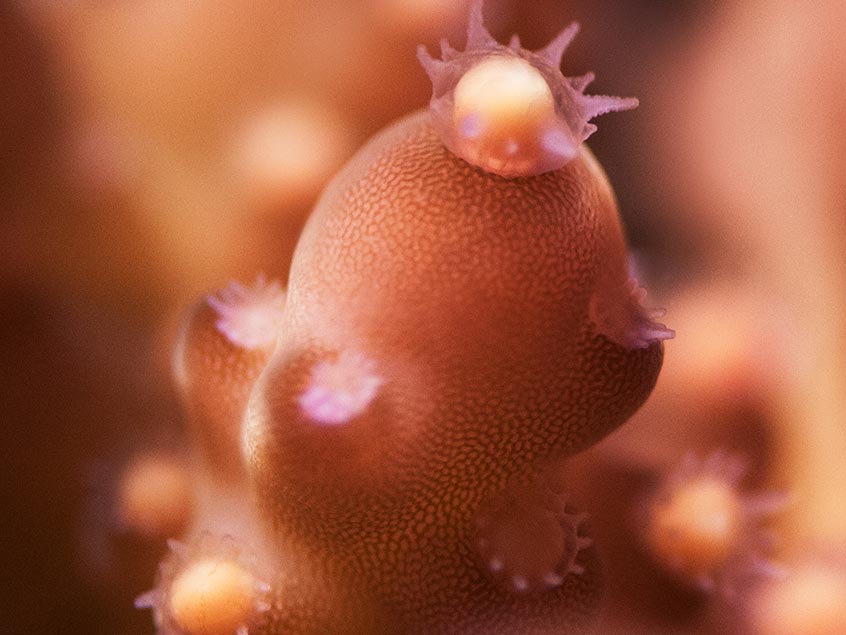Coral seeding by larval/polyp aquaculture

Functional objective:
Enhance coral reproduction and recruitment on recovering reefs, following disturbance
Delivery method:
Breakthrough larval/polyp-based aquaculture
Deployment scale:
Large (200 or more reefs)
Subprogram:
Coral seeding aims to speed the return of coral cover to a disturbed or damaged reef by increasing the number of available coral larvae for natural settlement, particularly where the reef has a low larval supply (e.g. following a large-scale bleaching event).
The aim is to increase the number of corals that ultimately recruit into reef populations.
Significant breakthrough larval/polyp-based sexual (coral seeding) or asexual (harvesting coral fragments) aquaculture would provide a step change in production rates and cost reductions in using local brood stock to seed reefs.
These methods seek to vastly reduce production durations (from months/years to hours/days) and deployment success (via advanced active deployment devices) to facilitate much larger deployment quantities at an affordable cost.






